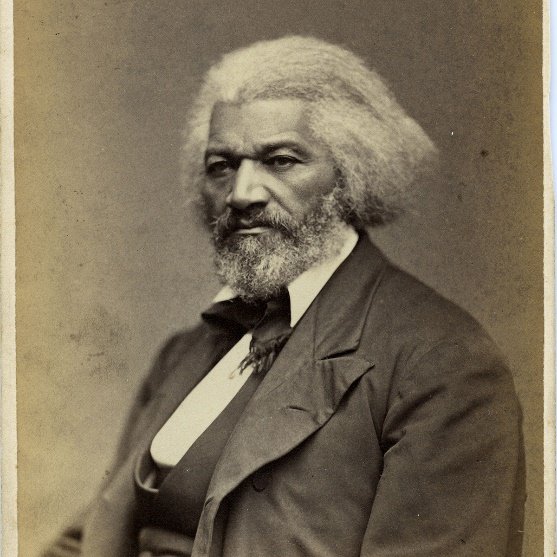Black History Month Icons: Frederick Douglass
By Stella Akuba Opare
‘If there is no struggle, there is no progress.’
Did he ever smile?
Well, he had no reason to be smiling.
Prominent Highlights of his Life:
One of the world’s greatest orators
Never knew his actual birthdate, celebrated it on valentine’s day
Literate
Most famous black man in 1884
He allegedly had an affair with Ottilie Assing who committed suicide upon hearing of his marriage to Helen and left him a trust fund
His marriage to Helen faced widespread criticism factored by the age gap between the two and racial differences
This was the reality of Frederick Douglas, the most photographed man of the 19th Century.
He rose to fame with his publication of an autobiography. Many people found it hard to believe this was written by a ‘former slave.’
Born enslaved in February 1818 to a white father and black mother, Frederick Douglas was a renowned American statesman committed to causes including the abolition of slavery and social reforms. He had quite a rough childhood having been separated from his mother as an infant, and subjected to harsh conditions and inhumane treatment from his various masters for over 10 years. - extreme levels of poverty.
Douglas challenged the status quo and overcame his reality. After several unsuccessful attempts towards freedom, he finally escaped in 1838 and found himself on free soil in New York City, in the safe house of David Ruggles, an African-American anti-slavery abolitionist. Frederick’s escape is believed to have been inspired by his encounter with Anna Murray, a free black woman whose status renewed his hopes and dreams of gaining freedom. The two got married a few days after he arrived in New York where they set up a home and Anna devoted her resources towards her husband’s success. From this point, Frederick Douglas chartered a path that led to him becoming a household name among Black and white audiences.

